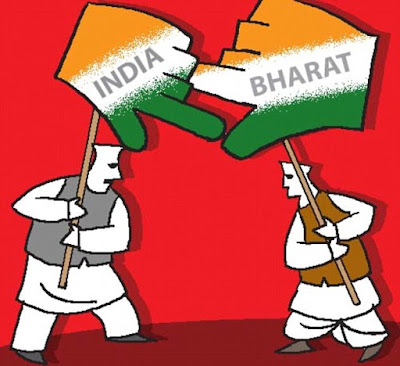Protection of Linguistic Minority Rights

Protection of Linguistic Minority Rights and Non-Discrimination on Grounds of Religion Article 29 enunciated the fundamental right of any section of citizens residing anywhere in India to conserve its distinct language, script of culture. No citizen can be denied admission in any educational instiution maintained or aided by the State on grounds of language, religion, etc. Article 30 seeks to protect the rights of all minorities - based on languages - to establish and administer educational institutions of their choice. The State is enjoined not to discriminate against any educational institution on the ground of its language or religion - based management. Article 350A inserted by Seventh Amendment provides for local authorities in every state endeavouring to extend adequate facilities for instruction in the mother toungue at the primary stage of education to children belonging to linguistic minority groups and for the President necessary directios to any State. The

